Blood Pressure Monitor - Leis
Leis stands as a beacon of innovation and reliability in the global export of blood pressure monitors, dedicated to advancing healthcare with precision and care. As a fast-growing medical supplier, Leis harnesses its extensive expertise to fulfill the diverse needs of international clients. Our commitment to excellence is evident in our state-of-the-art product offerings, including the digital BP monitor and aneroid sphygmomanometer, designed to deliver accurate health assessments with ease.
Our portable digital upper arm blood pressure monitors are fully automatic, featuring an expansive LCD display with WHO indicators, offering an exceptional user experience. Clients can opt for a voice broadcasting function and extra-large cuff sizes, ensuring adaptability for various needs. The aneroid sphygmomanometer portfolio, including the square-shaped wall-desk type and handheld models, showcases Leis's commitment to ergonomic design and precise measurements, with features like a chrome-plated body and latex-free components for enhanced durability and safety.
Leis's adherence to the ISO13485 standard underscores our promise of quality and reliability, ensuring that each device is manufactured to meet stringent international standards. We are proud to offer superior medical instruments at competitive prices, empowering healthcare providers worldwide to deliver exceptional care. Trust Leis as your partner in health, where innovation meets unwavering dedication.
Our portable digital upper arm blood pressure monitors are fully automatic, featuring an expansive LCD display with WHO indicators, offering an exceptional user experience. Clients can opt for a voice broadcasting function and extra-large cuff sizes, ensuring adaptability for various needs. The aneroid sphygmomanometer portfolio, including the square-shaped wall-desk type and handheld models, showcases Leis's commitment to ergonomic design and precise measurements, with features like a chrome-plated body and latex-free components for enhanced durability and safety.
Leis's adherence to the ISO13485 standard underscores our promise of quality and reliability, ensuring that each device is manufactured to meet stringent international standards. We are proud to offer superior medical instruments at competitive prices, empowering healthcare providers worldwide to deliver exceptional care. Trust Leis as your partner in health, where innovation meets unwavering dedication.
-
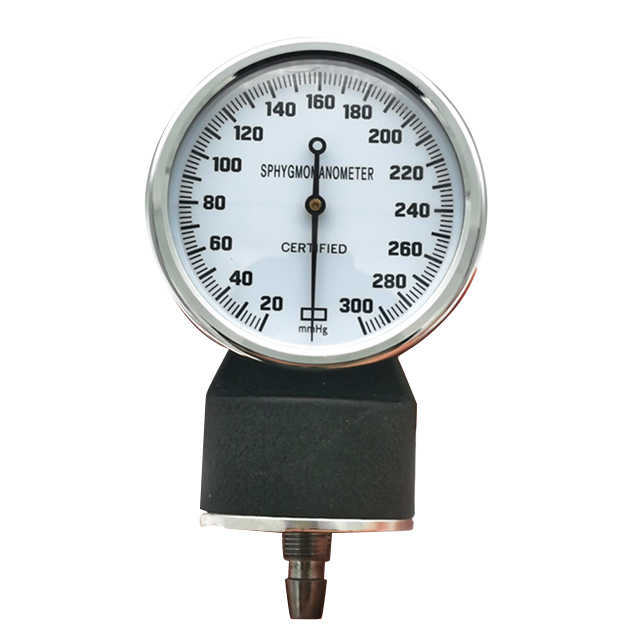
Handheld aneroid dial sphygmomanometer pressure gauge
Handheld model
Black body and white face
Latex-free
Chrome-plated body
Easy operation, accurate data measurement and long service life
Easy to store
Different choice for your application
-
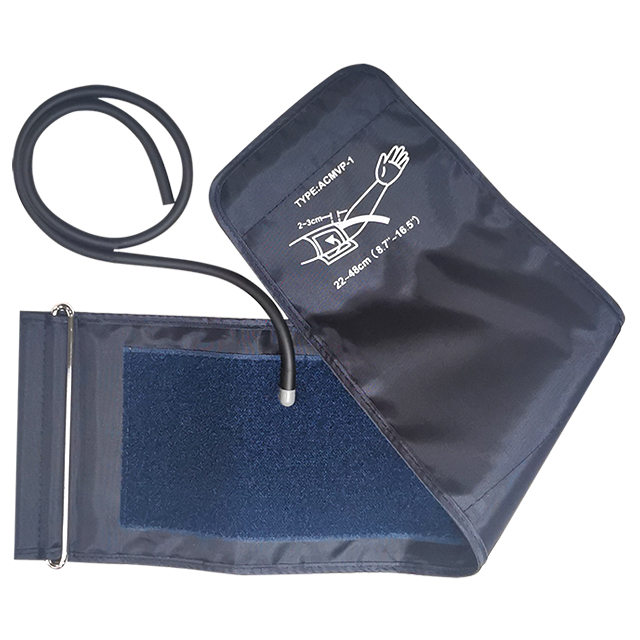
Digital Extra Large Oversized Blood Pressure Cuff
- Digital extra large oversized blood pressure cuff
- Nylon material
- Single tube
- Metal ring
- Different knob for option
- XL size 22-42/22-48cm arm circumference for big size
-
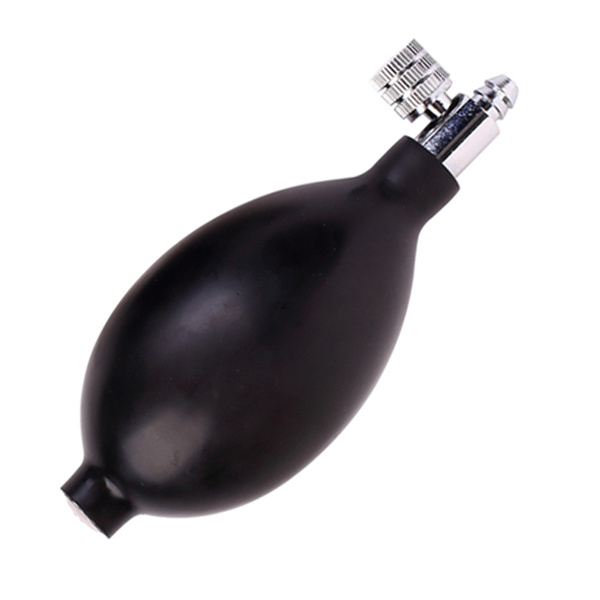
Sphygmomanometer Replacement Latex Inflation Bulb With Valve
- Sphygmomanometer Replacement Latex Inflation Bulb With Valve
- Maximum pressure can be reached 180kPa
- High sealing performance
- Excellent stability and durability
-
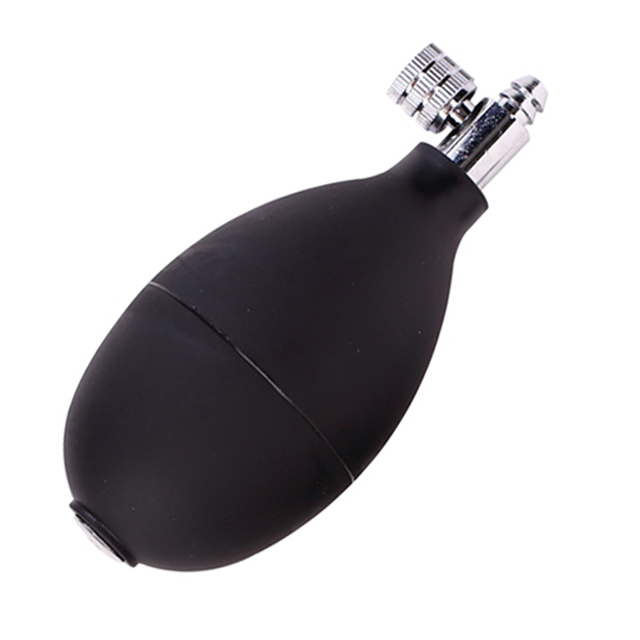
PVC Ball Of Manual Sphygmomanometer Spare Parts
- PVC bulb,ABS plastic valve or metal valve
- Customized size also available
- Regular is black color,customized color also available
- Can be used for sphygmomanometer,air pillow,and other health care products
-
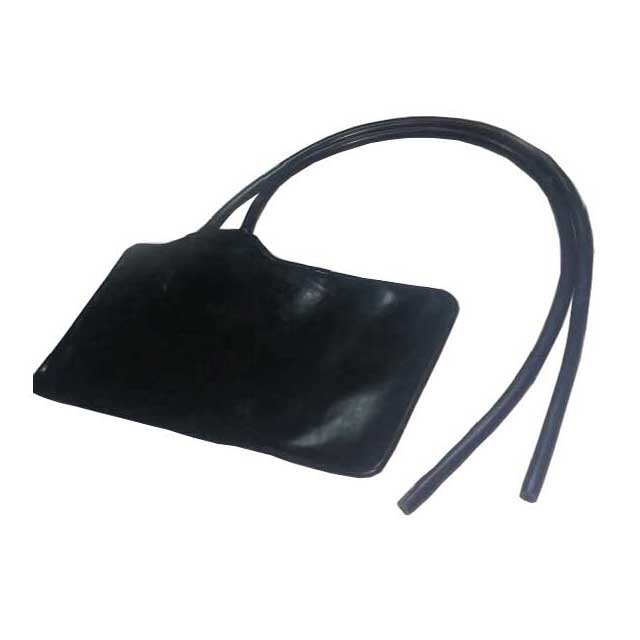
Sphygmomanometer Rubber Latex Inflatable Bladder Bag
- High sealing performance;
- Good bearing capacity;
- excellent stability & durability;
- Long shelf-life
BP Monitor FAQ
Do home BP monitors read higher?▾
Monitoring blood pressure at home has become a routine practice for many individuals seeking to manage their health proactively. However, some people may notice a disparity between their readings taken at home and those recorded in a healthcare professional's office. This discrepancy often leads to the question: Do home blood pressure monitors read higher? Understanding the factors contributing to these varying results is crucial for making informed health decisions.
Blood pressure readings can fluctuate due to several factors, regardless of the location where they are taken. One possibility for higher home readings is the incorrect use of home monitoring equipment. Automatic blood pressure monitors, which are common in households, require precise placement and usage to deliver accurate results. A slight deviation from the correct procedure, such as positioning the cuff improperly or using the wrong cuff size, can result in a misleadingly high reading. Thus, ensuring accuracy involves not only using the device correctly but also confirming its calibration against a standard, such as an Aneroid Sphygmomanometer, which is often used in clinical settings for its reliability.
Another significant factor influencing blood pressure readings is the environment in which they are taken. Many individuals experience what is known as masked hypertension, where their readings at home are higher than those taken in a less stressful medical environment. This could be due to everyday stressors present in the home environment that are absent in a calm, medical office setting. Conversely, some people experience white-coat hypertension, where anxiety associated with a clinical setting causes their blood pressure to spike temporarily during medical appointments. These variations underscore the importance of context in understanding blood pressure results.
For individuals using home blood pressure monitors, accuracy is paramount. Verifying that the monitor is functioning correctly and learning to use it properly are essential steps. It's advisable to have a healthcare professional demonstrate the proper technique or to compare readings using an Aneroid Sphygmomanometer during a medical visit. This comparison ensures the home device offers reliable data, which is critical for ongoing health management. Furthermore, regular validation of the monitor's accuracy as per manufacturer guidelines can help maintain the integrity of readings over time.
Consistent and accurate monitoring of blood pressure is vital, especially for those at risk of cardiovascular diseases. If home readings consistently suggest higher pressure, it may indicate a genuine health concern that requires medical attention. However, before jumping to conclusions, consider factors such as device accuracy, usage technique, and environmental influences. A healthcare professional can provide guidance on interpreting these readings and suggest appropriate actions based on verified data. Therefore, an informed approach and professional guidance remain key in leveraging home blood pressure monitoring effectively.
In conclusion, while some individuals may find that their home blood pressure monitors read higher, multiple factors contribute to this phenomenon. Proper use of equipment, understanding environmental influences, and ensuring device calibration through comparison with trusted tools like an Aneroid Sphygmomanometer are all essential in obtaining accurate and meaningful readings. By approaching home monitoring with diligence, individuals can better manage their health and work collaboratively with healthcare professionals to address any concerns.
● Understanding Variations in Blood Pressure Readings
Blood pressure readings can fluctuate due to several factors, regardless of the location where they are taken. One possibility for higher home readings is the incorrect use of home monitoring equipment. Automatic blood pressure monitors, which are common in households, require precise placement and usage to deliver accurate results. A slight deviation from the correct procedure, such as positioning the cuff improperly or using the wrong cuff size, can result in a misleadingly high reading. Thus, ensuring accuracy involves not only using the device correctly but also confirming its calibration against a standard, such as an Aneroid Sphygmomanometer, which is often used in clinical settings for its reliability.
● Environmental and Psychological Influences
Another significant factor influencing blood pressure readings is the environment in which they are taken. Many individuals experience what is known as masked hypertension, where their readings at home are higher than those taken in a less stressful medical environment. This could be due to everyday stressors present in the home environment that are absent in a calm, medical office setting. Conversely, some people experience white-coat hypertension, where anxiety associated with a clinical setting causes their blood pressure to spike temporarily during medical appointments. These variations underscore the importance of context in understanding blood pressure results.
● Ensuring Accurate Home Monitoring
For individuals using home blood pressure monitors, accuracy is paramount. Verifying that the monitor is functioning correctly and learning to use it properly are essential steps. It's advisable to have a healthcare professional demonstrate the proper technique or to compare readings using an Aneroid Sphygmomanometer during a medical visit. This comparison ensures the home device offers reliable data, which is critical for ongoing health management. Furthermore, regular validation of the monitor's accuracy as per manufacturer guidelines can help maintain the integrity of readings over time.
● Managing Health with Consistent Monitoring
Consistent and accurate monitoring of blood pressure is vital, especially for those at risk of cardiovascular diseases. If home readings consistently suggest higher pressure, it may indicate a genuine health concern that requires medical attention. However, before jumping to conclusions, consider factors such as device accuracy, usage technique, and environmental influences. A healthcare professional can provide guidance on interpreting these readings and suggest appropriate actions based on verified data. Therefore, an informed approach and professional guidance remain key in leveraging home blood pressure monitoring effectively.
In conclusion, while some individuals may find that their home blood pressure monitors read higher, multiple factors contribute to this phenomenon. Proper use of equipment, understanding environmental influences, and ensuring device calibration through comparison with trusted tools like an Aneroid Sphygmomanometer are all essential in obtaining accurate and meaningful readings. By approaching home monitoring with diligence, individuals can better manage their health and work collaboratively with healthcare professionals to address any concerns.
Which blood pressure monitor has the highest accuracy?▾
When it comes to monitoring your health, especially concerning blood pressure, accuracy is paramount. Finding a blood pressure monitor that offers precise and reliable readings can make a significant difference in managing one's health effectively. Among the vast array of options available, it's important to understand which type of blood pressure monitor stands out in terms of accuracy.
Understanding Blood Pressure Monitors
To determine accuracy, it's crucial to first understand the different types of blood pressure monitors available in the market. Generally, these devices can be classified into digital and manual monitors, each having unique features and benefits. While digital monitors are widely popular due to their ease of use and automatic functionalities, aneroid sphygmomanometers are often revered for their precision, especially in clinical settings.
Why Accuracy Matters
Accurate blood pressure readings are critical for diagnosing and managing hypertension, a condition that can lead to severe health problems if left unchecked. Inaccuracies in readings can lead to misdiagnosis or inappropriate treatment, resulting in unnecessary anxiety or, conversely, a false sense of security. Therefore, selecting a monitor that provides consistently reliable readings is essential for effective health management.
The Role of the Aneroid Sphygmomanometer
One device that frequently garners attention for its high level of accuracy is the aneroid sphygmomanometer. These devices, unlike their digital counterparts, require manual operation and a certain level of skill to use effectively. They consist of a cuff that is placed around the arm and inflated manually, and a gauge that displays the pressure. Clinicians adeptly use a stethoscope in tandem with the cuff to listen for arterial sounds, which provide the diastolic and systolic pressure readings.
Advantages of Using Aneroid Sphygmomanometers
Despite requiring more expertise, aneroid sphygmomanometers are often considered the gold standard for accuracy. Their design allows for precise adjustments and readings unaffected by many of the electronic errors that can plague digital monitors. For individuals or healthcare professionals willing to invest the time to learn how to use them properly, these devices can offer unparalleled accuracy.
Moreover, aneroid sphygmomanometers do not rely on batteries or electronics, eliminating concerns about power reliability or malfunctioning digital displays. This makes them highly dependable, particularly in situations where electronic devices may fail, thus providing peace of mind to users who prioritize accuracy above all else.
Selecting the Right Monitor for You
While aneroid sphygmomanometers are highly accurate, they might not be the best choice for everyone, particularly for home use by individuals without medical training. It's essential to weigh the benefits of accuracy against the ease of use. For those comfortable or familiar with manual measurements, aneroid devices stand as a superior choice. Conversely, individuals seeking convenience might opt for digital monitors, but should ensure they are validated for accuracy by reputable organizations.
Conclusion
In summary, when it comes to accuracy, the aneroid sphygmomanometer consistently proves itself as a leader. However, personal needs and circumstances should guide the selection of a blood pressure monitor. Whether for home use or clinical settings, choosing a device that balances accuracy with user-friendliness is key. Ultimately, the best monitor is one that fits the user’s lifestyle while providing precise and reliable readings to aid in effective health management.
Understanding Blood Pressure Monitors
To determine accuracy, it's crucial to first understand the different types of blood pressure monitors available in the market. Generally, these devices can be classified into digital and manual monitors, each having unique features and benefits. While digital monitors are widely popular due to their ease of use and automatic functionalities, aneroid sphygmomanometers are often revered for their precision, especially in clinical settings.
Why Accuracy Matters
Accurate blood pressure readings are critical for diagnosing and managing hypertension, a condition that can lead to severe health problems if left unchecked. Inaccuracies in readings can lead to misdiagnosis or inappropriate treatment, resulting in unnecessary anxiety or, conversely, a false sense of security. Therefore, selecting a monitor that provides consistently reliable readings is essential for effective health management.
The Role of the Aneroid Sphygmomanometer
One device that frequently garners attention for its high level of accuracy is the aneroid sphygmomanometer. These devices, unlike their digital counterparts, require manual operation and a certain level of skill to use effectively. They consist of a cuff that is placed around the arm and inflated manually, and a gauge that displays the pressure. Clinicians adeptly use a stethoscope in tandem with the cuff to listen for arterial sounds, which provide the diastolic and systolic pressure readings.
Advantages of Using Aneroid Sphygmomanometers
Despite requiring more expertise, aneroid sphygmomanometers are often considered the gold standard for accuracy. Their design allows for precise adjustments and readings unaffected by many of the electronic errors that can plague digital monitors. For individuals or healthcare professionals willing to invest the time to learn how to use them properly, these devices can offer unparalleled accuracy.
Moreover, aneroid sphygmomanometers do not rely on batteries or electronics, eliminating concerns about power reliability or malfunctioning digital displays. This makes them highly dependable, particularly in situations where electronic devices may fail, thus providing peace of mind to users who prioritize accuracy above all else.
Selecting the Right Monitor for You
While aneroid sphygmomanometers are highly accurate, they might not be the best choice for everyone, particularly for home use by individuals without medical training. It's essential to weigh the benefits of accuracy against the ease of use. For those comfortable or familiar with manual measurements, aneroid devices stand as a superior choice. Conversely, individuals seeking convenience might opt for digital monitors, but should ensure they are validated for accuracy by reputable organizations.
Conclusion
In summary, when it comes to accuracy, the aneroid sphygmomanometer consistently proves itself as a leader. However, personal needs and circumstances should guide the selection of a blood pressure monitor. Whether for home use or clinical settings, choosing a device that balances accuracy with user-friendliness is key. Ultimately, the best monitor is one that fits the user’s lifestyle while providing precise and reliable readings to aid in effective health management.
